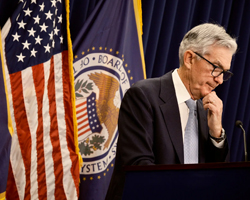Markets Reach Record Highs, Boeing's Acquisition Talks, and Central Banks Take Center Stage | Daily Market Analysis

Key events:
- Australia - Building Approvals
- USA - FOMC Member Harker Speaks
The week concluded with the S&P 500 and Nasdaq achieving record closes, propelled by a decline in Treasury yields and a surge in chip stocks led by Nvidia. Tech sector quarterly results continue to reflect a growing demand for artificial intelligence.
The Dow Jones Industrial Average rose by 98 points, or 0.3%, with the S&P 500 gaining 0.8%, closing at 5,136.23. Simultaneously, the NASDAQ Composite achieved a 1.1% jump, reaching a record 16,274.94.
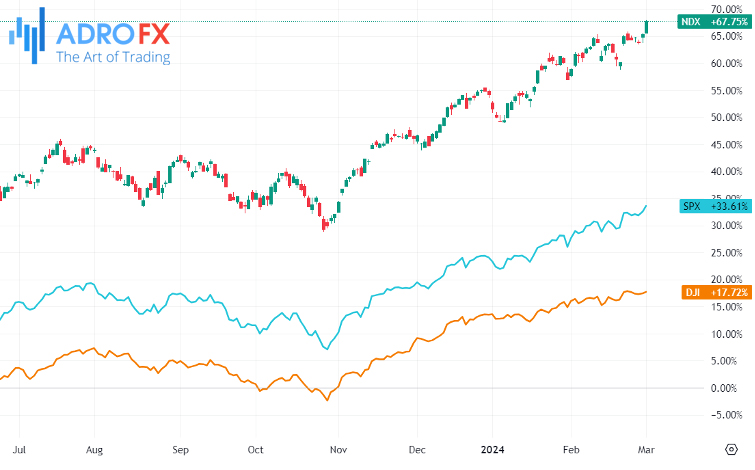
Federal Reserve governor Christopher Waller expressed a preference for the central bank to shift its holdings towards short-term Treasuries, leading to an 11 basis points drop in the yield on the 2-year Treasury to 4.54%.
Unexpectedly slipping consumer sentiment in February and a further decline in manufacturing activity into contraction territory fueled speculation of an earlier rate cut, adding pressure to Treasury yields and benefiting growth sectors, particularly in technology.
Boeing Co (NYSE: BA) is currently engaged in discussions to acquire Spirit Aerosystems Holdings Inc (NYSE: SPR), as reported by The Wall Street Journal on Friday, citing unnamed sources. This news boosted shares of Spirit AeroSystems by 14%.
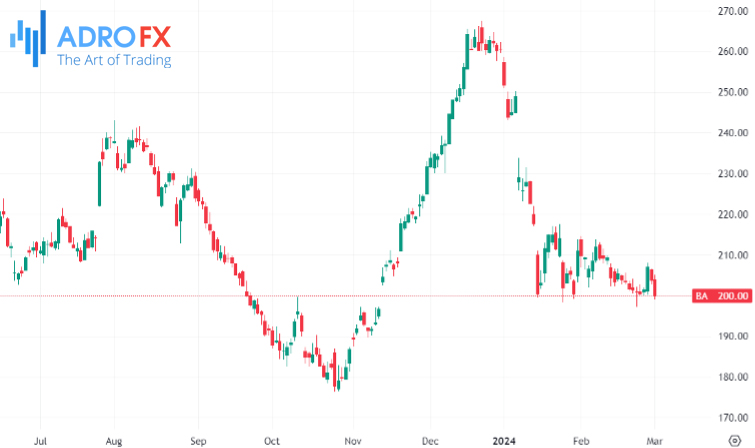
The potential acquisition aligns with Boeing's efforts to restore credibility following recent issues affecting 737 MAX jets, including the Alaska Airlines door blowout in January, linked to a faulty door plug supplied by Spirit AeroSystems. Earlier in the week, the US Federal Aviation Administration mandated Boeing to develop a comprehensive plan addressing quality-control concerns within 90 days.
During the Asian session on Monday, the Japanese Yen faced downward pressure against the US Dollar but managed to stay above the year-to-date low from February. The uncertainty surrounding the Bank of Japan's upcoming policy decisions and the prevailing positive sentiment in equity markets contribute to the JPY's weakness. However, reports of the Japanese government contemplating an official end to deflation offer hope for a potential shift in the BoJ's policy stance in the coming months, helping to curb further losses.
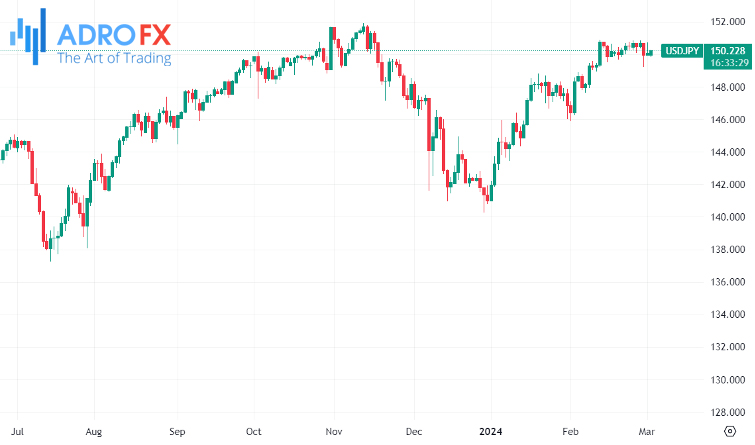
In contrast, the subdued performance of the US Dollar, influenced by disappointing macro data from Friday and less hawkish comments from Federal Reserve officials, limits the upside for the USD/JPY pair. Traders exhibit caution, refraining from aggressive directional bets, and await the release of the Tokyo CPI report on Tuesday. Additionally, this week holds significance with Fed Chair Jerome Powell's congressional testimony on Wednesday and Thursday, along with crucial US macro data, including the highly anticipated Nonfarm Payrolls report on Friday.
On the other hand, the Australian Dollar experiences a reversal in its intraday gains, moving into negative territory on Monday. This shift is influenced by a stable US Dollar amidst improved US Treasury yields. The decline in the ASX 200 index adds further downward pressure on the Aussie Dollar, impacting the AUD/USD pair. Traders are eyeing key Australian data releases, including the Services Purchasing Managers Index for February on Tuesday and the Gross Domestic Product (GDP) for the fourth quarter of 2023 on Wednesday.
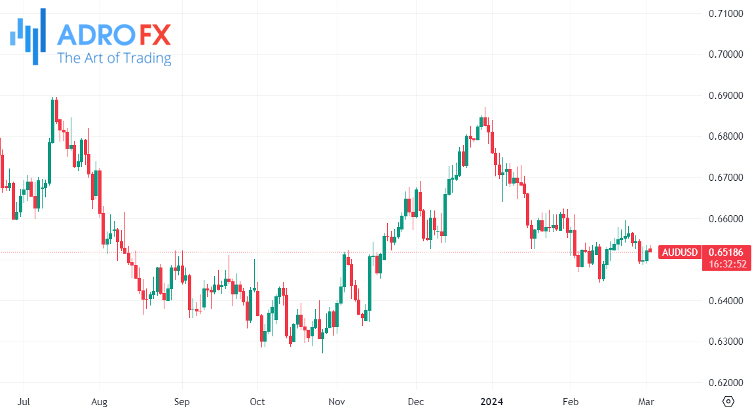
While the Australian Dollar received some support from the Australia Melbourne Institute Inflation report for February, indicating a year-over-year increase of 4.0%, it was lower than the previous rise of 4.6%. Building Permits (MoM) declined by 1.0% in January, contrary to the expected rise of 4.0%, but marked an improvement from the previous decrease of 10.1%. Additionally, last week's Consumer Price Index data showed a 3.4% rise in January, slightly below the market consensus of 3.5%. This data supports the case for the Reserve Bank of Australia to consider interest rate cuts later this year.
On Wednesday, the Bank of Canada takes center stage, and it is expected to maintain the interest rate at 5.0%, continuing the trend of a fifth consecutive session at a 22-year high. Headline inflation for January eased to 2.9% year-over-year, down from the 3.4% surge in December, reaching its lowest rate since June 2023. Coupled with a 1.0% annualized increase in economic activity for Q4 2023, these factors suggest that policymakers are likely to keep rates unchanged at this week's meeting. Market expectations align with the view that the first 25bp rate cut won't occur until the July policy meeting, with 34bps of easing already priced in, in line with forecasts for the Fed and the European Central Bank.
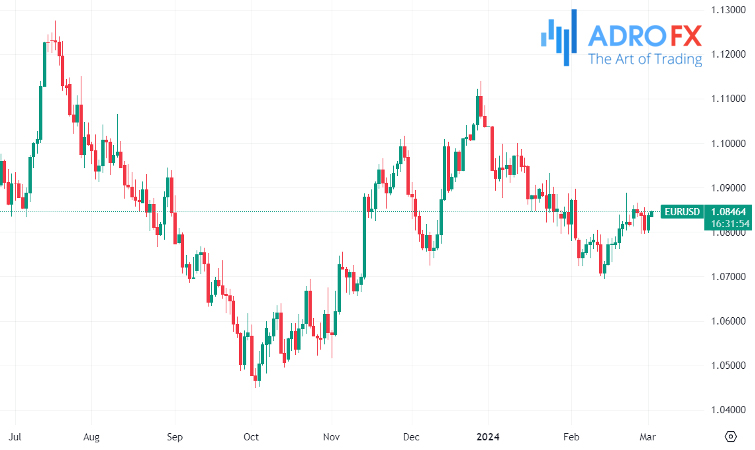
The ECB takes the central bank's spotlight on Thursday and is widely anticipated to maintain all key benchmark rates for a fourth consecutive meeting. Recent inflation data from France, Spain, and Germany, followed by the euro area's flash estimate on Friday, revealed a slowdown in headline inflation to 2.6% in the twelve months to February from 2.8% in January. Year-over-year core inflation also eased from 3.3% in January to 3.1% in February. Despite an ongoing disinflationary process (partly fueled by base effects in February), the data since the last meeting in late January is unlikely to prompt a rate cut at this week's or April's meeting. The OIS curve forecasts 74bps of easing for the year, reflecting a recent hawkish repricing from around 150bps of easing. The first 25bp cut is expected in June, with a forecast of -24bps. The new Staff Projections, released four times per year, and ECB President Christine Lagarde's comments at the presser will be closely watched, especially if downside revisions in growth and inflation for 2024 materialize, potentially pressuring Europe's single currency.
